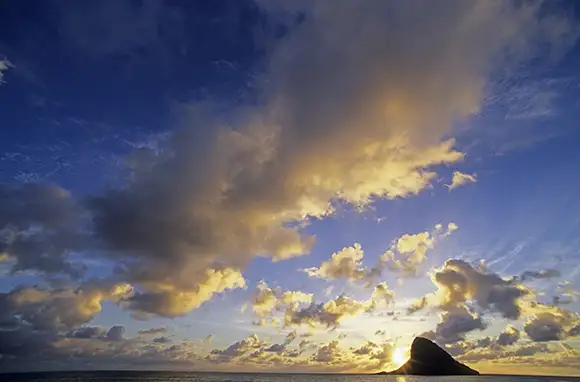
Vacation is about getting away from it all, right? Away from the pressures of everyday life, the traffic jams, the Starbucks on every corner. On uninhabited islands, the rest of the world just melts away, leaving behind simple pleasures and unhurried days.
We’ve scoured North America (and nearby waters) for these 10 unique uninhabited islands. Make the journey and discover incredible wildlife, pristine beaches, and rich history. Time it right and, apart from a few island caretakers and the occasional fellow adventurer, you’ll have these isolated dots on the map all to yourself.
Image Gallery
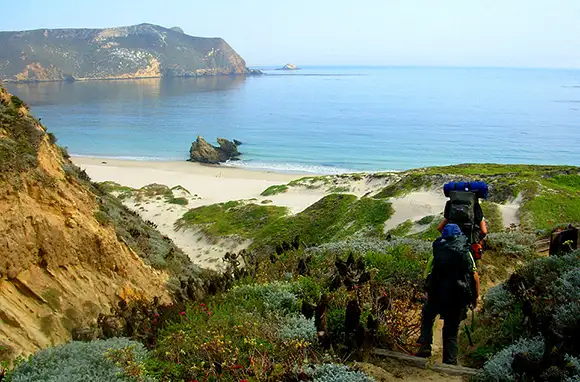
San Miguel Island, Channel Islands National Park, California
San Miguel, the westernmost of the Channel Islands off the coast of Southern California, is 9,500 acres of wild, windswept beauty. With no services or water, the National Park Service cautions that a visit to the island is "an exercise in preparation and self-reliance … there are no remedies for poor planning once you have arrived." The four-hour boat trip ends with a skiff arrival on a beach. But the hardy will be rewarded handsomely: The island and its surrounding waters have one of the largest concentrations of wildlife in the world, with more than 30,000 animals, including island foxes, peregrine falcons, seals, dolphins, and blue whales.
There's also plenty of history to explore on San Miguel. More than 600 Chumash archeological sites, some at least 11,000 years old, are scattered about the island. Visitors can also see fossilized pygmy mammoths and a caliche forest full of sand castings of ancient vegetation.
Get There: Island Packers offers transportation to the island for campers on select dates from spring through fall and also runs a few day-trip shuttles in the fall. On days that the company offers trips, rangers meet the boat and lead an all-day hike around the island.

San Miguel Island, Channel Islands National Park, California
San Miguel, the westernmost of the Channel Islands off the coast of Southern California, is 9,500 acres of wild, windswept beauty. With no services or water, the National Park Service cautions that a visit to the island is "an exercise in preparation and self-reliance … there are no remedies for poor planning once you have arrived." The four-hour boat trip ends with a skiff arrival on a beach. But the hardy will be rewarded handsomely: The island and its surrounding waters have one of the largest concentrations of wildlife in the world, with more than 30,000 animals, including island foxes, peregrine falcons, seals, dolphins, and blue whales.
There's also plenty of history to explore on San Miguel. More than 600 Chumash archeological sites, some at least 11,000 years old, are scattered about the island. Visitors can also see fossilized pygmy mammoths and a caliche forest full of sand castings of ancient vegetation.
Get There: Island Packers offers transportation to the island for campers on select dates from spring through fall and also runs a few day-trip shuttles in the fall. On days that the company offers trips, rangers meet the boat and lead an all-day hike around the island.
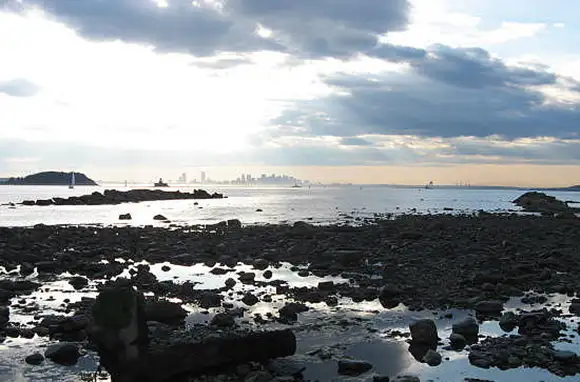
Lovells Island, Boston Harbor Islands National Recreation Area, Massachusetts
Uninhabited doesn't have to mean isolated. And in the case of the Boston Harbor Islands, uninhabited comes with a great view of the city lights just across the bay. Lovells Island, one of the three Harbor Islands that allows camping, is a haven of quiet beaches, historical ruins, and tide pools. From Lovells, you'll also get a great view of Boston Light, the nation's oldest continually operated lighthouse. During your visit, keep an eye on the sky: The Harbor Islands are part of the Atlantic Flyway for migratory birds and are also home to snowy owls and hawks.
Get There: Ferries and shuttle boats operate from May through October. Camping season runs from mid-June through Labor Day weekend. Depending on which island you choose to visit, the ride out will take between 20 and 45 minutes.
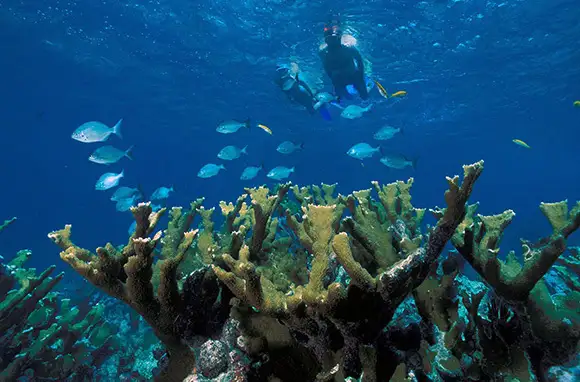
Elliott Key, Biscayne National Park, Florida
Elliott Key delivers the sort of tropical-island seclusion that people dream about. The island is just a few miles off the Florida coast, in the heart of Biscayne National Park, but feels like another world. While away the hours watching birds and butterflies in the key's lush interior. Explore hidden lagoons, mangrove shorelines, and meandering creeks by kayak. Grab a snorkel and discover more than 500 species of fish, plus corals, manatees, and rays. Feast on your catch after a day spent fishing, lobstering, or crabbing.
Get There: During winter and spring, the park's concessioner runs a boat shuttle to Elliott Key that departs from Convoy Point, less than an hour from downtown Miami. The island is one of the two in the national park that offers camping. Throughout the year, there are also guided trips to the park's other islands.
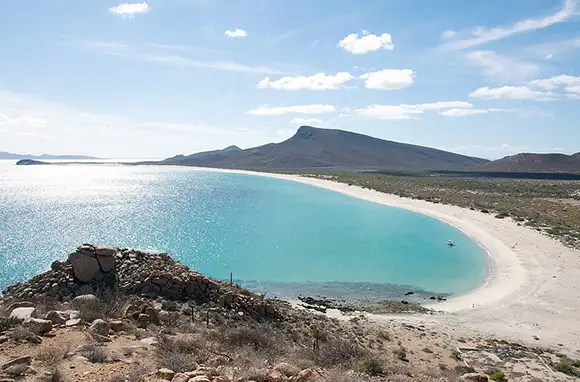
Isla Espiritu Santo, Baja California Sur, Mexico
Isla Espiritu Santo offers the ultimate in uninhabited island experiences. First, there's the two-hour boat ride through the Sea of Cortez, which Jacques Cousteau called the "world's aquarium" for its incredible diversity of sea life. The island itself is ringed with white-sand beaches, full of wildlife, including ringtail cats and wild goats, and rich with a history of pirates and pearl divers. It's a top kayaking destination and offers the unforgettable chance to snorkel with sea lions.
Get There: A number of companies offer guided multiday camping trips to Isla Espiritu Santo. Independent travelers can simply hire a fishing boat to shuttle them out and pay $4 per day for the privilege of camping on the beach. According to the Moon Baja California guidebook, experienced kayakers can launch from Playa El Tecolote and make the challenging trip across the channel.
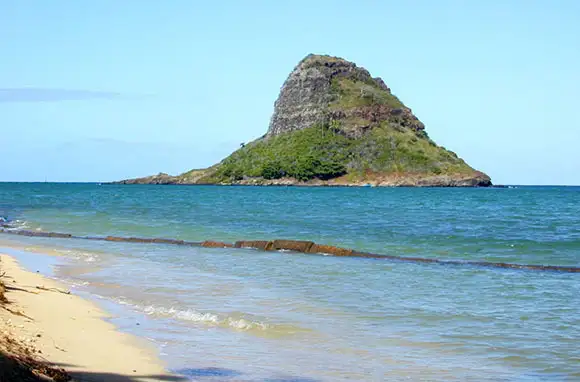
Mokoli'i, Oahu, Hawaii
From a distance, countless tourists have snapped pictures of Mokoli'i, the island locally known as Chinaman's Hat. Visitors come from far and wide to pose as if they're wearing the conical island as a cap. Yet few actually make the trip out to the tiny, uninhabited island. If you do voyage out, you'll be greeted by a steep climb to the top on a trail that occasionally disappears into the underbrush. So what's the appeal? The adventure of having a Hawaiian island—and the amazing view of Oahu—mostly to yourself. If you want to boost your chances of being the only human on the island, go during the week.
Get There: Mokoli'i sits just across the water from Kualoa Regional Park, but there's no boat shuttle; if you want to go, you'll have to get creative. At low tide, it's shallow enough to walk, but any crossing should be undertaken with great caution, as the tide can come in, currents are strong, and sharks have been sighted in the area.
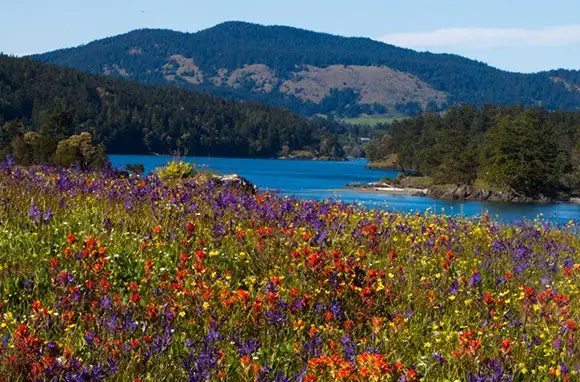
Yellow Island, San Juan Islands, Washington
There's no shortage of island adventures in Washington's San Juans, but few offer the pristine beauty of Yellow Island. The 11-acre isle is a Nature Conservancy preserve, and since it was never used for cattle grazing, it retained its rich diversity of plant life—including more than 50 species of wildflowers. And if you want an exceptional wildlife sighting, you're in the right place: Bald eagles, harbor seals, mink, river otters, orcas, and minke whales frequent the island and its surrounding waters.
Get There: Yellow Island is open for day use year-round between 10 a.m. and 4 p.m. Camping isn't allowed, and the preserve is accessible only by private boat. Strong kayakers can consider making the trip from Deer Harbor.
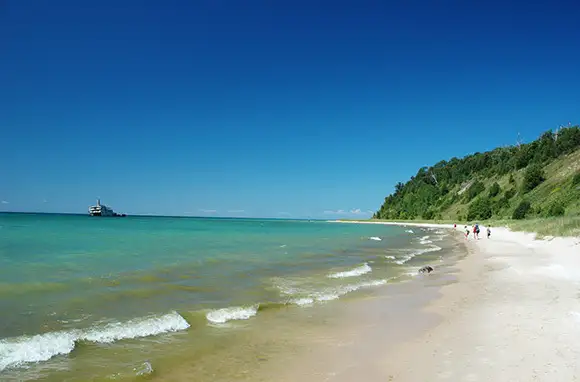
South Manitou Island, Lake Michigan, Michigan
South Manitou Island is inhabited by ghosts of its former life. The island, part of a chain that extends to the Straits of Mackinac, was once a thriving farming community. Today, the island no longer has any permanent residents, but visitors can still take a tour by Dunesmobile (a vehicle that was used for dune rides from the 1940s to the 1960s) of the abandoned farms, a restored schoolhouse, and the old cemetery. The waters around the island hold more ghosts: The area has been designated a state underwater preserve because it holds more than 50 known shipwrecks, dating from 1835 to 1960.
Get There: A ferry operates daily throughout most of summer. Visitors can stay for the day or camp overnight at one of the three campsites on the island.
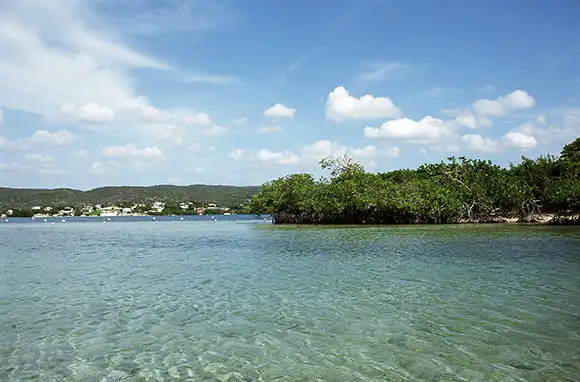
Cayo Aurora (Gilligan's Island), Guanica, Puerto Rico
Cayo Aurora, also known as Gilligan's Island, is a local favorite, beckoning swimmers and picnickers with its lush mangroves and shallow-water beaches. Part of the Guanica Biosphere Reserve, the island sits about a mile from shore and is a snorkeling wonderland, with barracudas, brilliant coral, bright starfish, and myriad other tropical sea creatures. Since it is a popular uninhabited island, the best time to go is on weekdays and during low season.
Get There: The island is open daily except Monday. To get there, rent a kayak from Mary Lee's by the Sea (the paddle should take about 30 minutes), hop the ferry, or take your own boat.
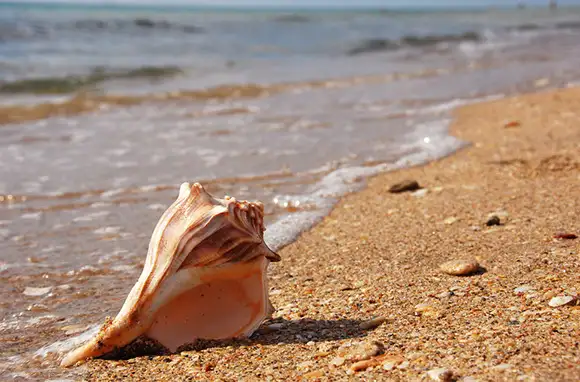
San Jose Island, Gulf Coast, Texas
Lightning whelks, shark's eyes, sand dollars. San Jose Island, a barrier island along the Gulf of Mexico, is a shelling paradise. The private island's beaches are open to the public but closed to vehicles, offering day-trippers quiet days of fishing, swimming, beach combing, and even treasure hunting. In the 1830s, the remains of a pirate camp were discovered, and rumors of buried treasure persist.
Get There: San Jose Island—also known as St. Jo Island—is a short boat ride from Port Aransas. Jetty Boat offers passenger ferry services.
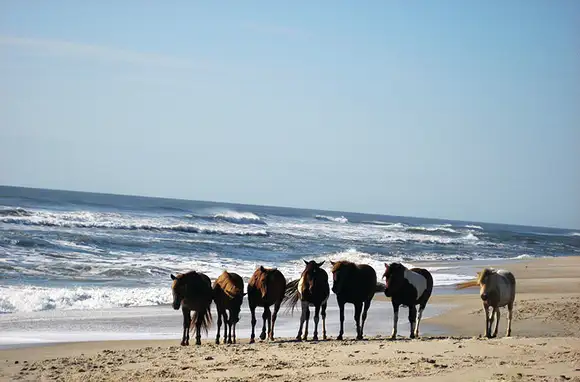
Assateague Island National Seashore, Maryland And Virginia
Assateague Island does have year-round residents, but they're of the four-legged variety. The famous wild ponies of Assateague roam the island's unspoiled beaches, pine forests, and salt marshes. The best way to admire them, and to catch sight of some of the area's 320 species of birds, is to take to the water, either on a sightseeing cruise or a kayak tour. Visit for the day and opt for creature comforts on nearby Chincoteague Island, or set up camp at Assateagueâs National Seashore or State Park.
Get There: Two bridges connect Assateague Island to the mainland. The north entrance is eight miles south of Ocean City, Maryland. The south entrance is two miles from Chincoteague, Virginia.
More From Smartertravel:
We hand-pick everything we recommend and select items through testing and reviews. Some products are sent to us free of charge with no incentive to offer a favorable review. We offer our unbiased opinions and do not accept compensation to review products. All items are in stock and prices are accurate at the time of publication. If you buy something through our links, we may earn a commission.
Related
Top Fares From Columbus, OH
Today's Top Travel Deals
Brought to you by ShermansTravel
Shop and Save with Country Inns...
Patricia Magaña
 Hotel & Lodging Deals
Hotel & Lodging Deals
$229 -- Chicago: Discounted Rates and...
Francesca Miele
 Hotel & Lodging Deals
$229+
Hotel & Lodging Deals
$229+
$188 -- Honolulu: Save on Oceanview...
Abigail Lamay
 Hotel & Lodging Deals
$188+
Hotel & Lodging Deals
$188+



